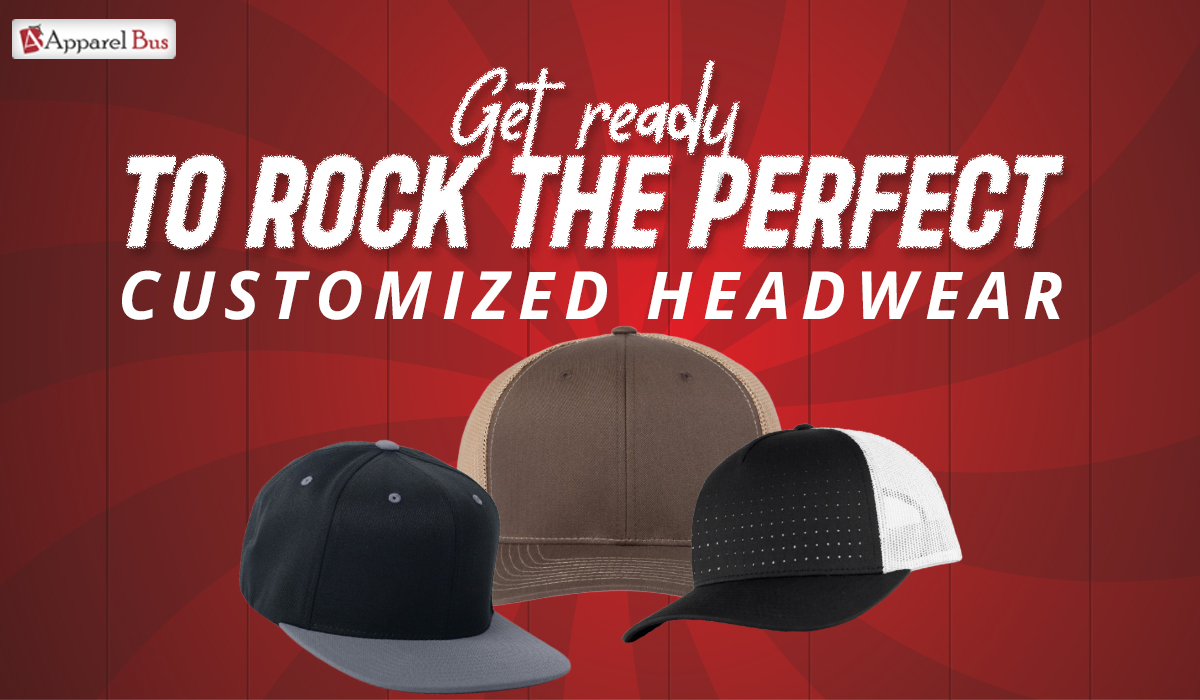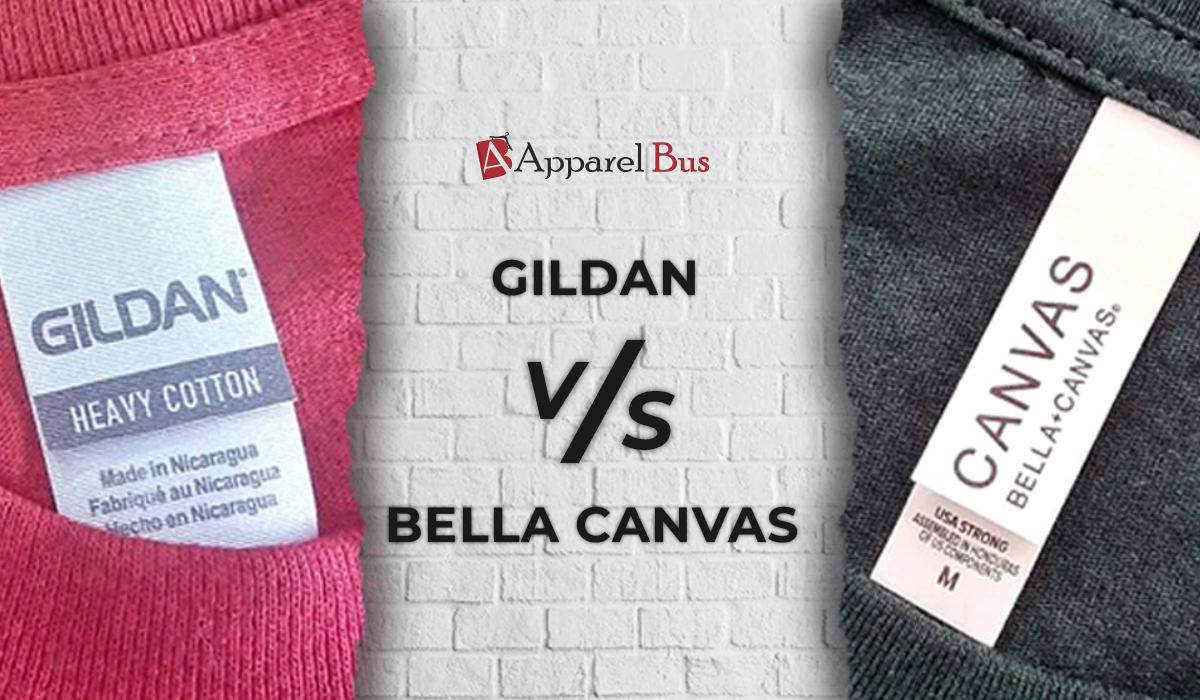Windbreaker VS Rain Jacket: What’s the Difference?
You step outside. The sky looks gray. The breeze picks up. You wonder, do I grab my windbreaker or my rain jacket? That small choice can turn your day around. The wrong jacket might leave you sweating, soaked, or freezing. The right one makes you feel light when it needs to be, tough when it counts.
Are you also confused about what to choose?
People often ask these questions:
“Will a windbreaker keep me dry if it rains?”
“Is a rain jacket too hot for a quick walk?”
“Do I need both?”
Let’s walk through the real difference between the two, when to wear each, and how to pick the right one based on your plans.
What Is a Windbreaker?
A windbreaker is a light, easy jacket that stops the wind from cutting through your clothes. It’s not bulky. It doesn’t trap heat. It’s the jacket you grab when the weather feels “in-between.
You’ll mostly find them made of nylon or polyester, fabric that’s thin, breathable, and packs down small. Some windbreakers come with a soft lining. Some have a bit of water resistance. But here’s the thing: they’re built for wind, not rain.
- Great for dry, breezy days, casual walks, and layering over a hoodie.
What Is a Rain Jacket?
A rain jacket’s job is simple: keep you dry. It blocks water. It fights the wind. It helps you stay warm and focused, whether you’re on a hike, stuck in traffic, or walking to class with no umbrella.
Rain jackets use smarter materials like Gore-Tex, event, or coated nylon. These fabrics are designed to block water on the outside while allowing sweat to escape from the inside.
Gore-Tex and eVent are breathable waterproof membranes used in performance jackets. PU (polyurethane) coatings are often used in budget-friendly rain gear to create a waterproof barrier. They seal the seams. They zip tight. Some even have underarm vents so you don’t overheat.
- Best for wet weather, sudden downpours, and outdoor trips where you can’t risk getting soaked.
Can You Wear a Windbreaker in the Rain?
Only if the rain is light and short. Some windbreakers have a water-repellent coating, but they can’t handle a real downpour. The fabric soaks up water after a while. The seams aren’t sealed. If it starts pouring, you’ll feel it.
So:
Drizzle? A windbreaker might do the job.
Rain or storms? Go with the rain jacket.
Difference Between Windbreaker and Rain Jacket
|
Feature |
Windbreaker |
Rain Jacket |
|
Main Purpose |
Blocks wind and adds a light outer layer |
Keeps you dry in the rain and protects you from the wind |
|
Material |
Lightweight nylon or polyester |
Waterproof shells like Gore-Tex, eVent, or PU-coated nylon |
|
Rain Protection |
Low; handles light drizzle only |
High: waterproof, seam-sealed, storm-ready |
|
Wind Protection |
Moderate |
High |
|
Layers |
Single-layer or two-layer designs |
2, 2.5, or 3-layer construction |
|
Breathability |
High, feels cool and light |
Medium to high (varies based on vents or tech used) |
|
Durability |
Lighter, may tear with rough use |
Stronger, built for longer exposure and tough conditions |
|
Weight |
Ultra-light and compact |
Heavy |
|
Extra Features |
May include a hood or mesh lining |
Has hoods, pit zips, adjustable cuffs, sealed seams |
|
Use Case |
Jogging, running errands, breezy days |
Camping, hiking, travel, and rainy commutes |
|
Price Range |
Lower, budget-friendly |
Usually high- varies according to product quality |
“2.5-layer” and “3-layer” rain jackets refer to how many bonded layers make up the fabric. More layers usually mean better durability, water protection, and breathability; especially helpful on long hikes or intense activity.
When Should You Choose a Windbreaker?
You want a jacket, but not something that traps heat or feels heavy. Windbreakers shine in mild weather, when wind is the problem, not rain.
Good Times to Wear:
- Jogging or biking in cool air
- Running errands on breezy mornings
- Dry hikes where you want some coverage
- Light layering over tees or hoodies in spring/fall
They feel light, pack small, and keep the chill out without making you sweat.
When Should You Wear a Rain Jacket?
If you expect any serious rain, go with a rain jacket. It’s that simple. You’ll stay dry, warm, and more comfortable no matter how long you're out.
Great Situations for Rain Jackets:
- Hiking or backpacking in unpredictable weather
- Fishing, kayaking, or boating
- Walking to work during the rainy season
- Traveling through cities or trails where the forecast is iffy
Some lightweight rain jackets now come with vented panels or mesh linings that make them more breathable, perfect for warm-weather rain. Look for styles with vents or breathable panels if you plan to stay active.
Shop Windbreakers and Rain Jackets at ApparelBus
Ready to find your next jacket? ApparelBus has everything you need; windbreakers, rain jackets, and outdoor layers built to last. Shop bestsellers like the Burnside B9754, IND EXP54LWZ, Core 365 CE710, and the CornerStone CSJ25, trusted favorites known for comfort, durability, and all-weather performance. We carry top brands, offer bulk pricing for teams and businesses, and ship single pieces, too. Whether you're building a collection for resale, gearing up a crew, or just need one reliable jacket, you’ll find it here.
- Browse our collection today and get ready for whatever the weather throws your way.
Final Thoughts
Windbreakers and rain jackets may look alike, but they’re built for different jobs. Windbreakers are light, breathable, and easy to wear. They stop the wind and keep things simple. Rain jackets keep you dry, seal out the weather, and handle the rough stuff. Think about how you spend your time outside. Then pick the one that fits your routine. Or better yet, get both. One for the breeze. One for the storm.
Frequently Asked Questions
No. It helps a little with light rain, but it won’t keep you dry for long.
Some are. Choose lightweight rain jackets with vents or mesh if you want to stay cool. “Breathable waterproof” materials, like Gore-Tex Active or 2.5-layer jackets, help reduce sweat buildup while keeping you dry.
Yes. Most windbreakers have room for a light layer underneath.
If you’re outdoors a lot, yes. Windbreakers work best on dry, breezy days. Rain jackets protect you when the weather turns wet and wild.





.jpg)
.jpg)
.jpg)
.jpg)
.jpg)
.jpg)
Leave us a comment